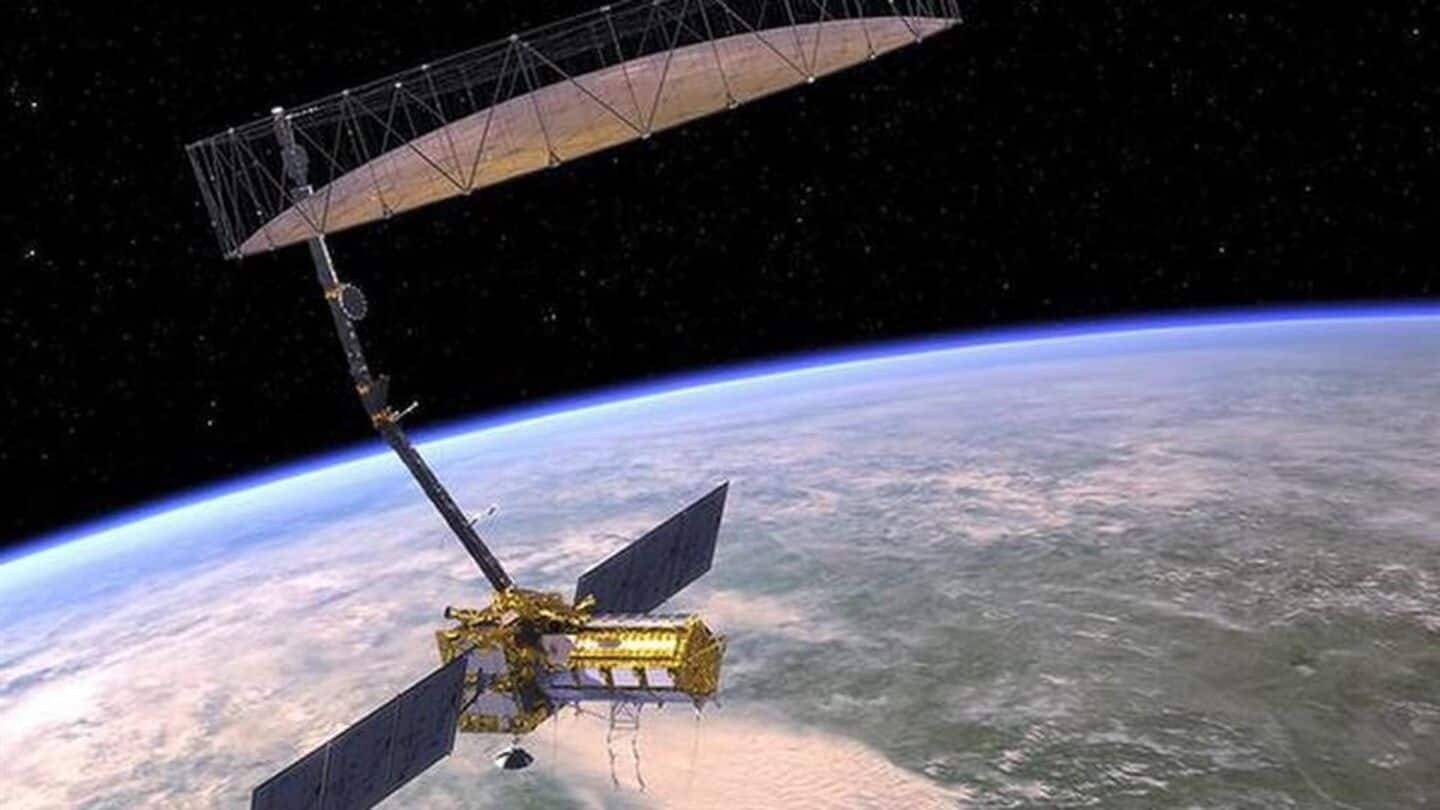
NASA-ISRO's NISAR mission enters 'commissioning phase': What does it mean?
What's the story
The National Aeronautics and Space Administration (NASA) and the Indian Space Research Organisation (ISRO) have announced that their joint NISAR mission has entered a crucial 90-day commissioning phase. This comes after the successful launch of the Earth imaging satellite on July 30 from Sriharikota in Andhra Pradesh. During this period, scientists will conduct extensive checks, calibrations, as well as orbital adjustments to prepare the satellite for full-scale Earth observation.
Mission details
Initial steps of commissioning phase
Gerald W Bawden, the Program Manager for Natural Hazards Research at NASA's Earth Sciences Division, explained the initial steps of the commissioning phase. He said that while NISAR is currently at an altitude of 737km, it will be raised to 747km over the next 45-50 days. Once this process is complete, the radars will be activated to start collecting data from all land and ice areas on Earth with a resolution of 5mx5m every 12 days.
Collaborative learning
Mutual learning experience from collaboration
Bawden highlighted the mutual learning experience from this collaboration, with NASA taking cues from ISRO's emphasis on science serving society. He said, "The two scientists (of ISRO and NASA) are building partnerships by working together, friendships." Sanghamitra B Dutta, Program Executive at NASA Earth Sciences Division, also spoke about the collaboration. She said it is the first large Earth-observing mission jointly developed by India and the US.
Technological innovation
Unique dual-band radar
Dutta also spoke about the mission's unique dual-band radar. She said that while radar missions have been conducted in the past, simultaneous observation of Earth at two different frequencies by two radars has never been done earlier. The idea to fly two radars simultaneously was first discussed between ISRO's Space Applications Centre in Ahmedabad and scientists from NASA's Jet Propulsion Laboratory.